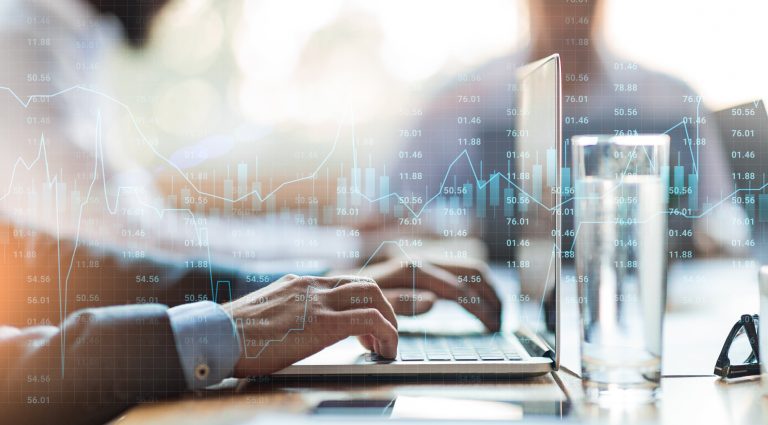Insider trading cases have commanded headlines in recent months. As the Securities and Exchange Commission (SEC) continues to release new charges, in addition to adopting amendments to Rule 10b5-1 insider trading plans and related disclosures, firms must navigate the complexities of mitigating insider trading risk in a digitally-enabled and often hybrid work environment.
In analyzing recent charges, firms can learn from alleged violations to increase the efficacy of their own programs. Such recent cases have included:
- SEC Charges Former Attorney at U.S.-Based Global Law Firm with Insider Trading
- SEC Charges Stockbroker and Friend with Insider Trading
- SEC Charges Investor and Associates with Insider Trading
How Advisory Firms are Detecting Insider Trading Violations
In order to mitigate insider trading risk, firms must protect and detect. Protective measures can include setting the correct policies and procedures, educating employees on applicable regulations and requirements set forth by the firm, and establishing stringent controls and information barriers.
Next, come the detection measures. Firms should uphold a “trust but verify” mentality, which can include conducting regular audits of any controls, reviewing transactions and trades, and more.
During a recent webinar on insider trading, we asked attendees what measures their firm takes to detect potential insider trading violations. The response? Over 60% stated that they review employees’ emails in order to detect potential violations.
Other commonly chosen responses included:
- A review of firm’s investments in light of employees’ personal conflicts
- Testing for trading patterns in client or personal accounts around new stories
- A review of circumstances surrounding unusually profitable trades in client or personal accounts
Additionally, almost 20% of respondents also noted that they review a certain percentage of the most profitable trades in client accounts over a certain period of time to ensure that such trades are supported by the firm’s standard investment due diligence processes.
Complying with Insider Trading Rules and Regulations
Well designed and executed insider trading programs are essential to protecting both your firm and the market at large. Understanding how your peers are navigating this risk may provide some much-needed insight into potential adjustments for your own insider trading program.
However, whether your program is in tip-top shape, or you are in the process of rectifying vulnerabilities within your program, ongoing assessment of your program is crucial to mitigating the potential misuse of MNPI.
Have questions about insider trading or other regulatory compliance topics? Schedule time to speak with an expert!




